According to the calendar, spring arrived a few weeks ago.
The longer days, an abundance of birds in my yard and the fresh scent in the air have convinced me that we are moving in a warmer direction. They also have motivated me to take on another popular spring activity — spring cleaning. I prefer to start with spring organizing.
Let’s start at the top of my priority list: My closet.
At the beginning of every year, I reverse the hangers in my closet. My hanging clothes are hanging backward. As I wear and launder a piece of clothing, I will return it to my closest, hanging in the “original” direction. At the end of the year, I remove clothing that is hanging backward and donate it.
I think it is safe to assume that if I have not worn it in a whole year, I do not need it anymore. On average, I donate about 10 to 15 articles of clothing each year. This is a great process for purging my wardrobe; however, it is not always easy, as most of my outfits have a purpose and a memory that is challenging to separate.
I am struggling with my system this year. When I reviewed my hangers in January, 75% of my closet was backward. And most outfits were my suit coats and dress clothes.
Since 2020 was not a “normal” year, I cannot follow my system and purge that much of my wardrobe, especially since I am optimistic that I will need these clothes again soon. Instead, I chose to discard 10 pieces of clothing, my average from past years.
The minimalist architect Ludwig Mies van der Rohe popularized the phrase, “less is more.” If this is true, what am I gaining more of when I purge my unused clothing?
Clutter creates a sense of stress in me. The process of decluttering gives me an unusually satisfying feeling. I smile when I see “white space” in my once cluttered closet. It looks more beautiful, and I feel more peace.
Besides reducing stress, as a result of removing clutter, research has proven that we gain energy, increase our ability to focus and process information more efficiently.
It also has been discovered that clutter causes a sense of lower self-worth, encourages unhealthy eating habits and contributes to depression.
It is one thing when my closet at home is cluttered. But what happens when we begin to invite mental clutter into our lives? This is not a door that we can easily shut and ignore. How do we fight against the effects of mental clutter?
Success.com recommends, to remove mental clutter, we need to set boundaries and create compartments.
In my closet, I have purchased matching containers to house different categories of apparel. I have a drawer for sweaters, a bag for shoes, a box for purses. In my mind, I remove mental clutter by also setting clear boundaries and compartmentalizing.
For example, during work hours, I do not worry about home chores, like dishes and laundry. This can be challenging when I work from home and see the physical clutter throughout my day.
However, another boundary that I have created is a clutter-free workspace. When I work, I clear my desk and only have the project that I am focusing on in front of me.
If less clutter in my closet brings me more peace, the same is true for less clutter in my mind, correct? Yes.
These boundaries have created more peace within me, helped me focus and made me more efficient and productive.
At the end of the day, I feel enormous amounts of peace when I know that my work is done well, and I am prepared for tomorrow.
Kathie Rotz is a leadership consultant and John Maxwell Certified Speaker, Trainer and Coach with Unity Consulting in Dubuque.

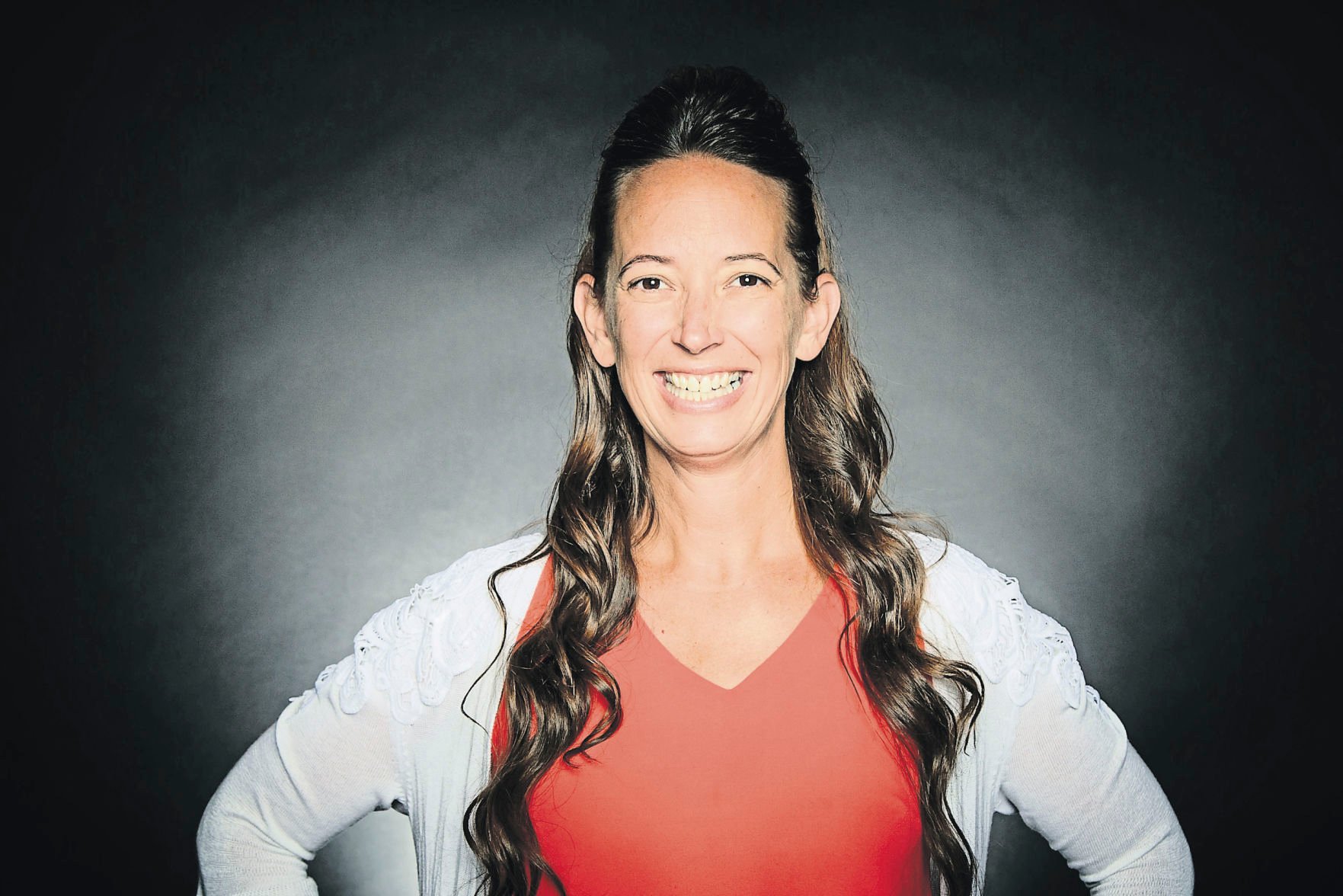
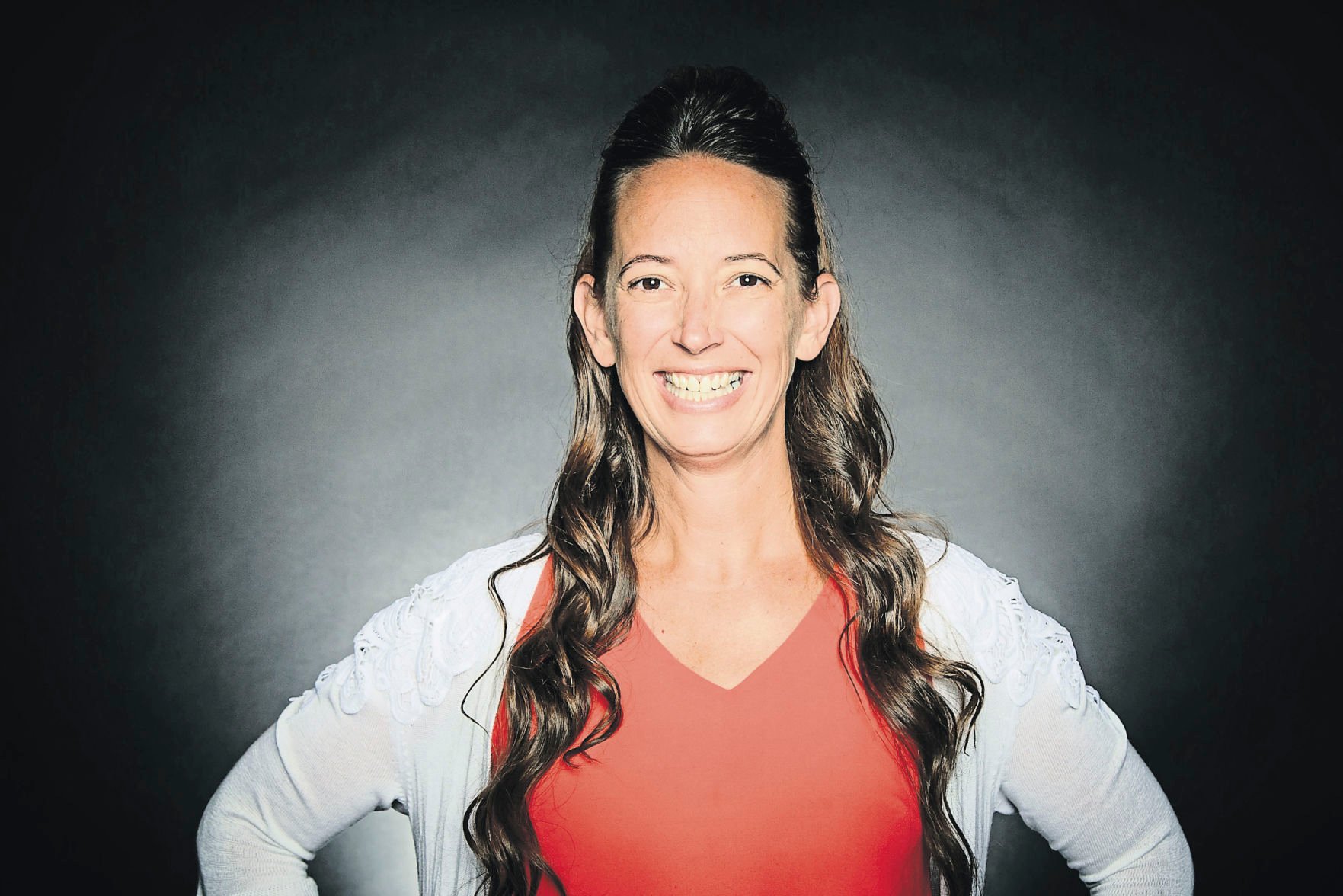
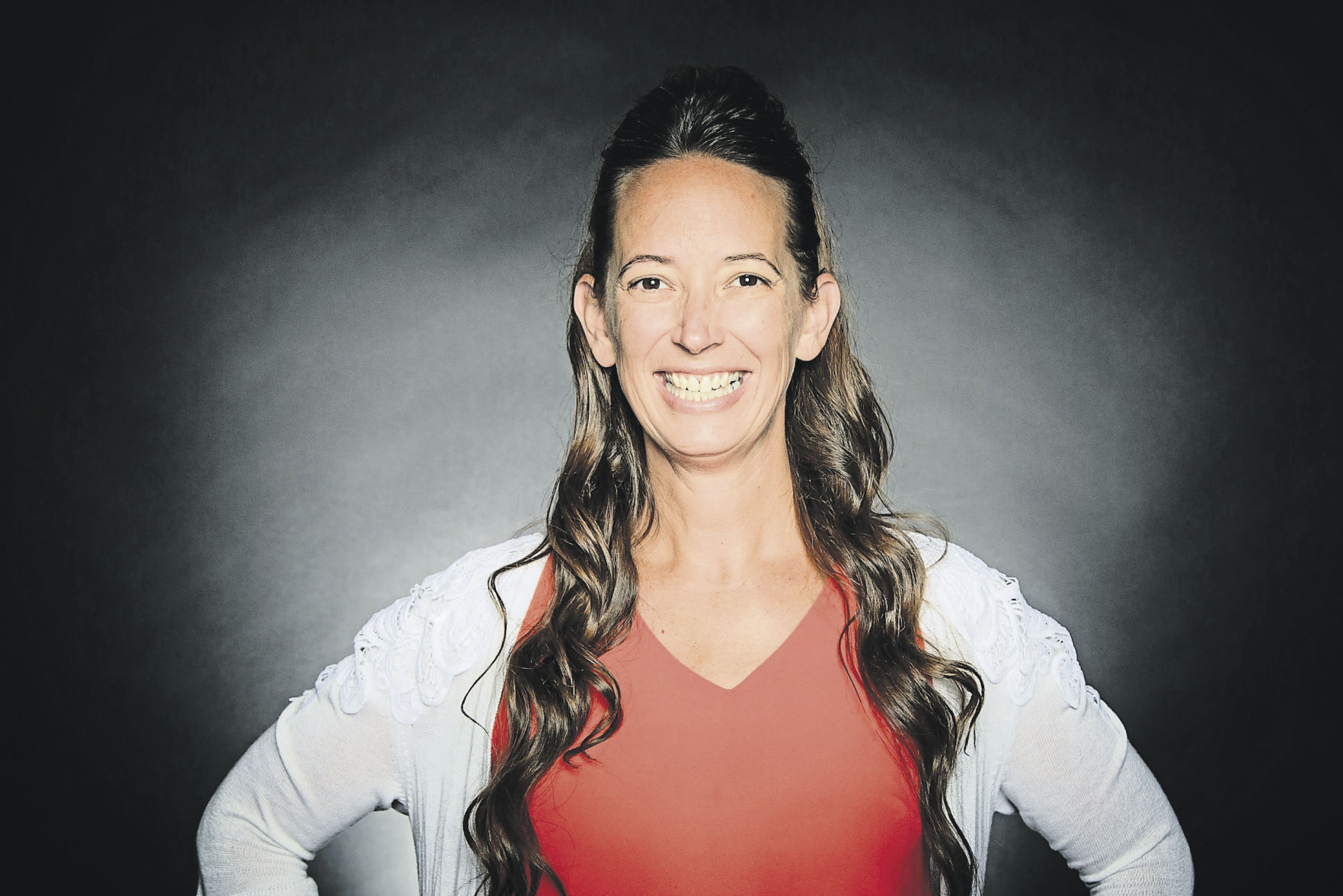
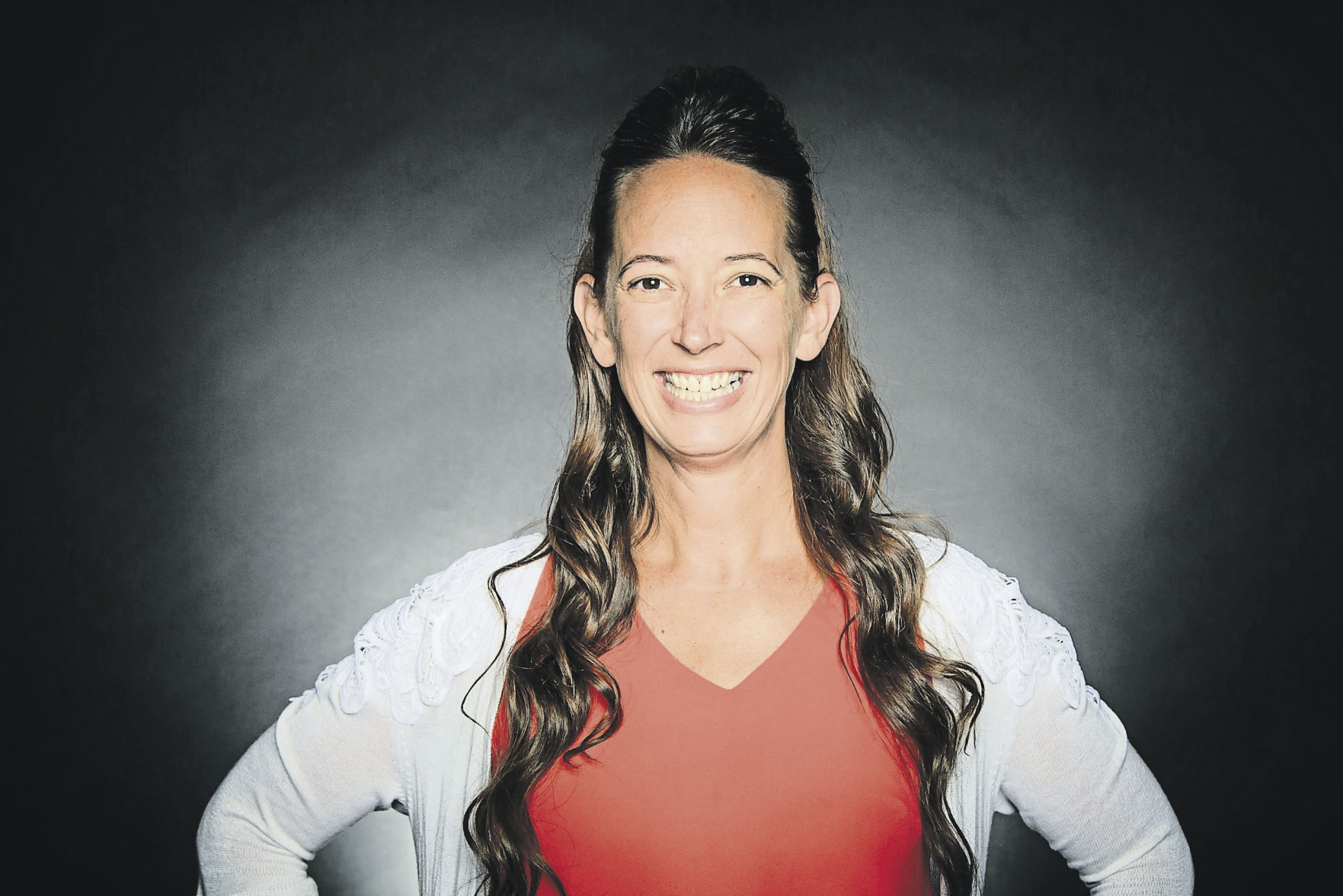
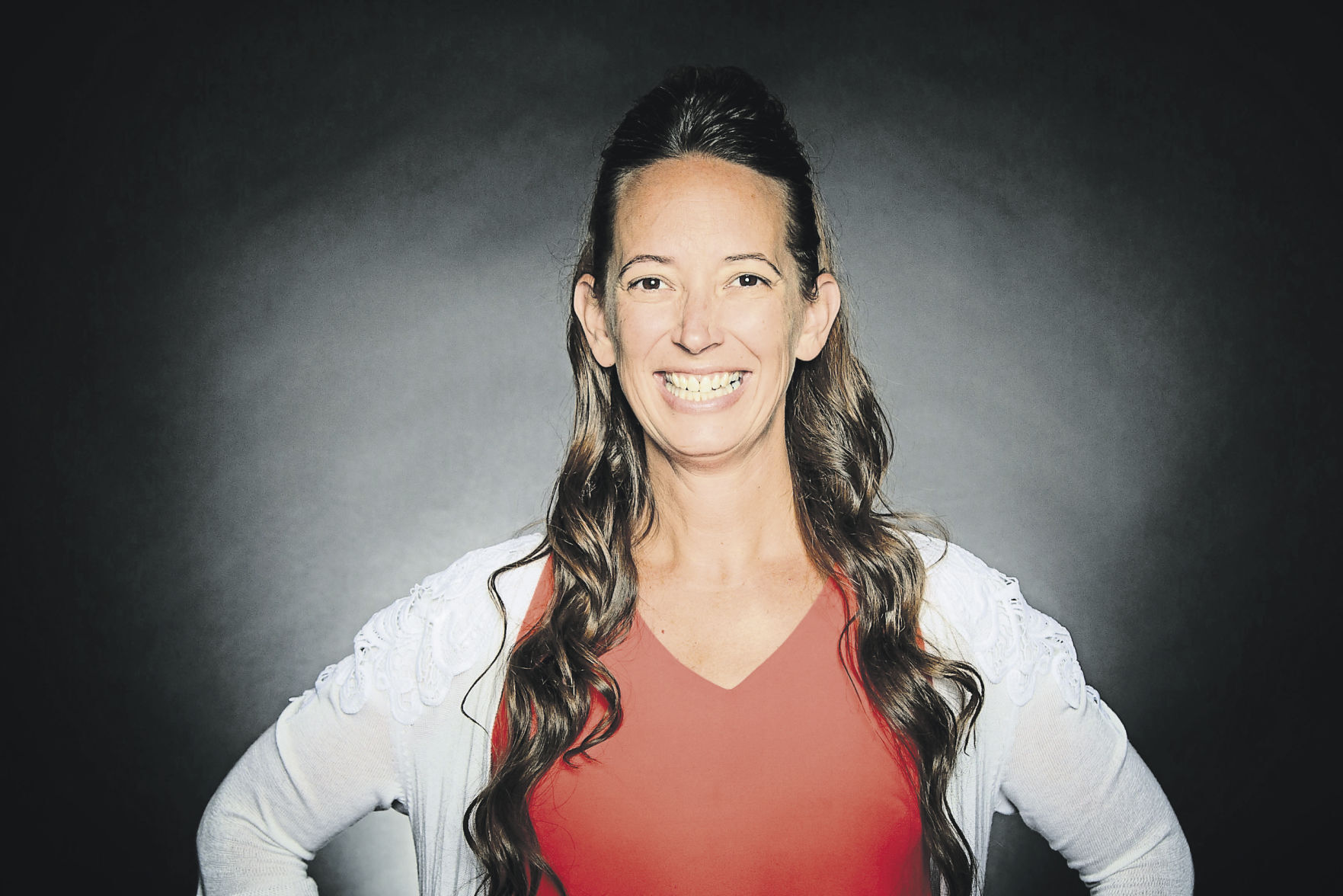
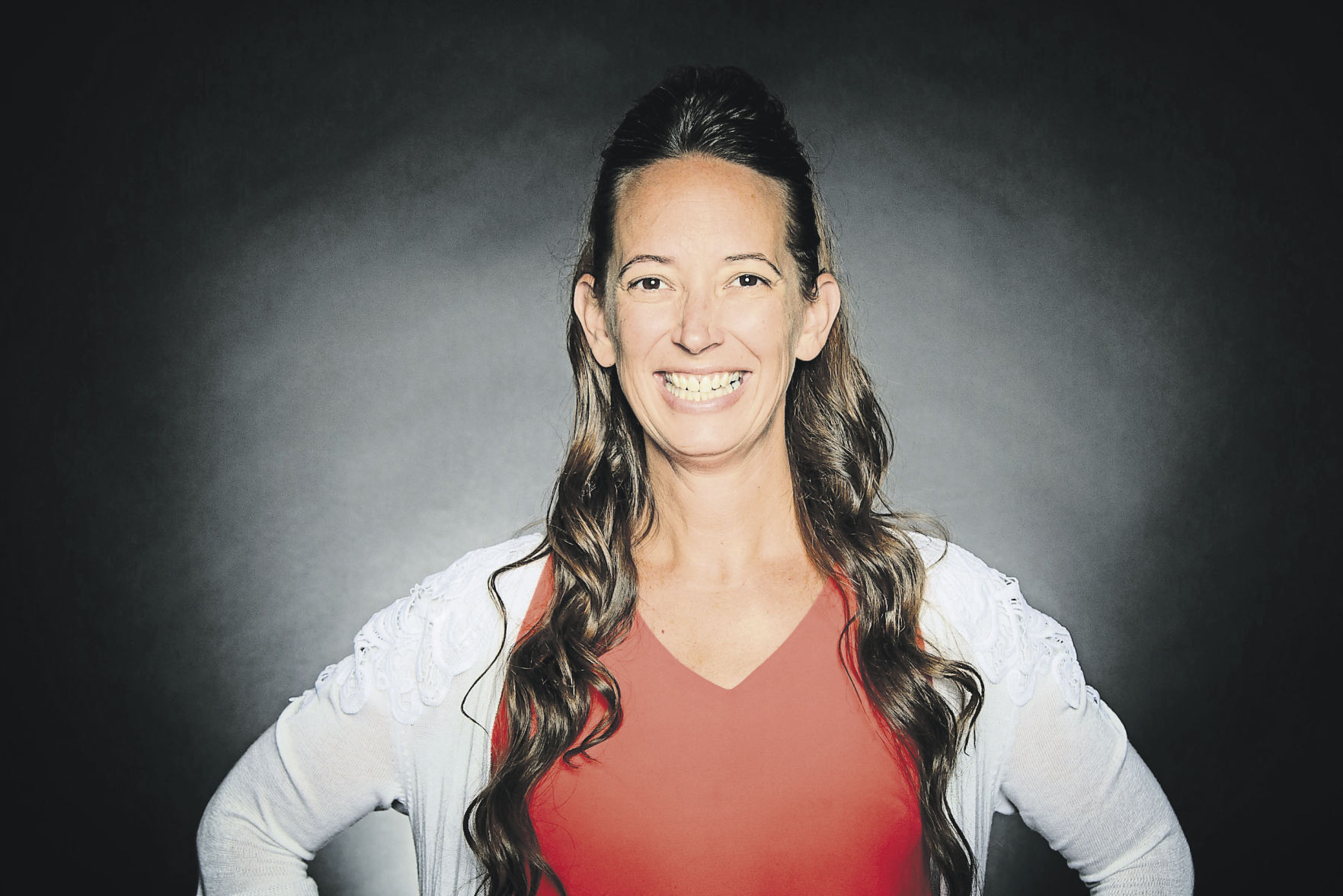
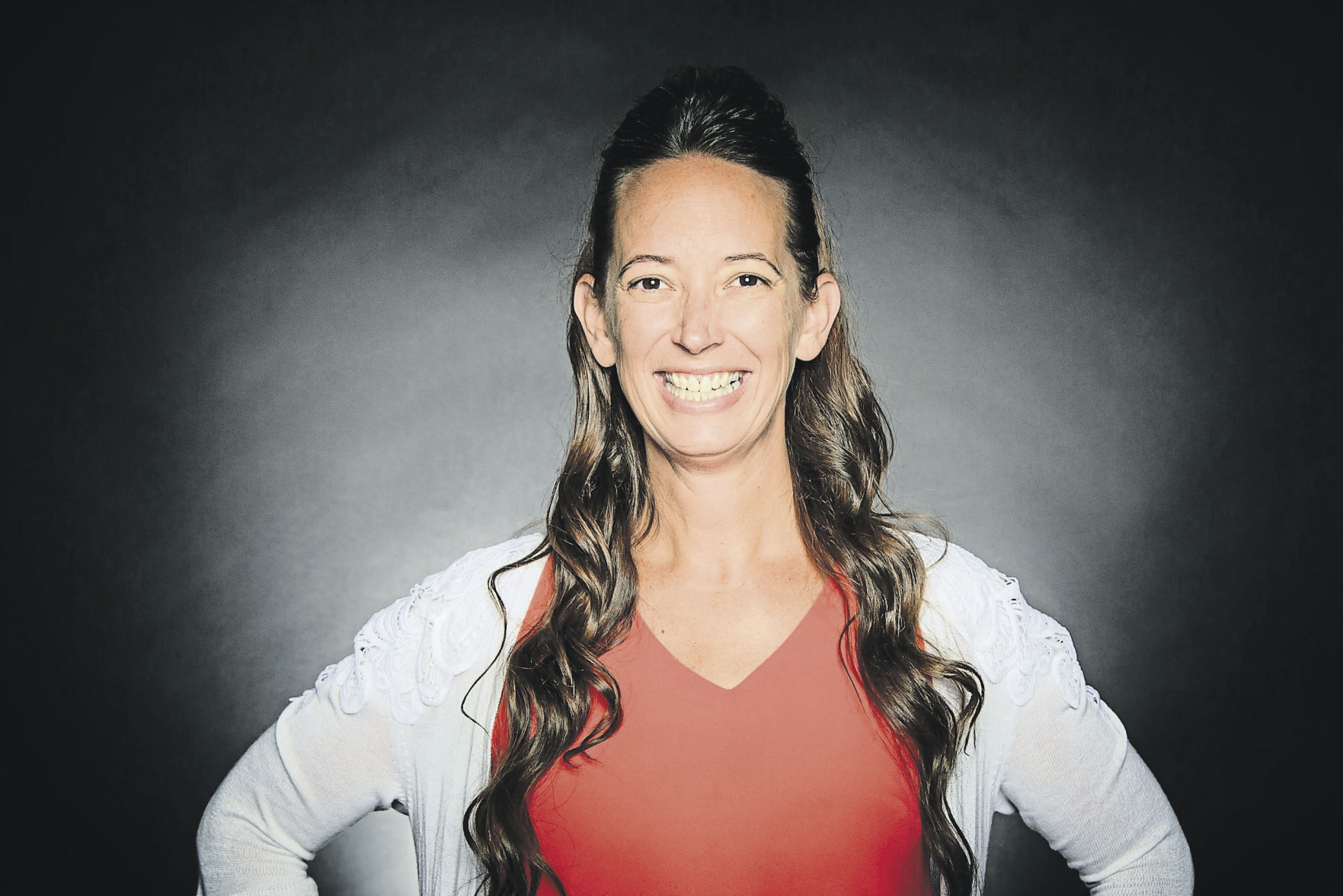
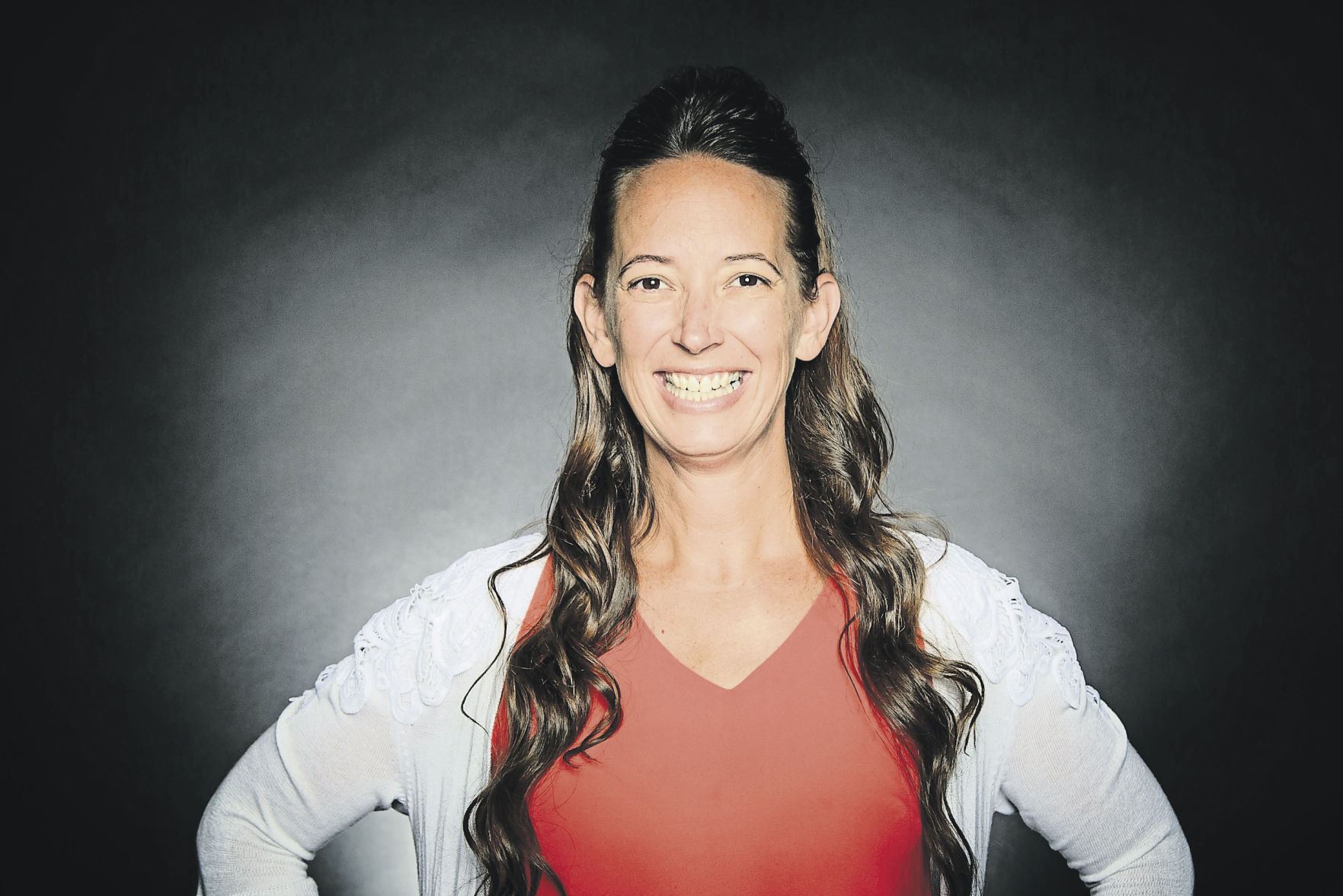
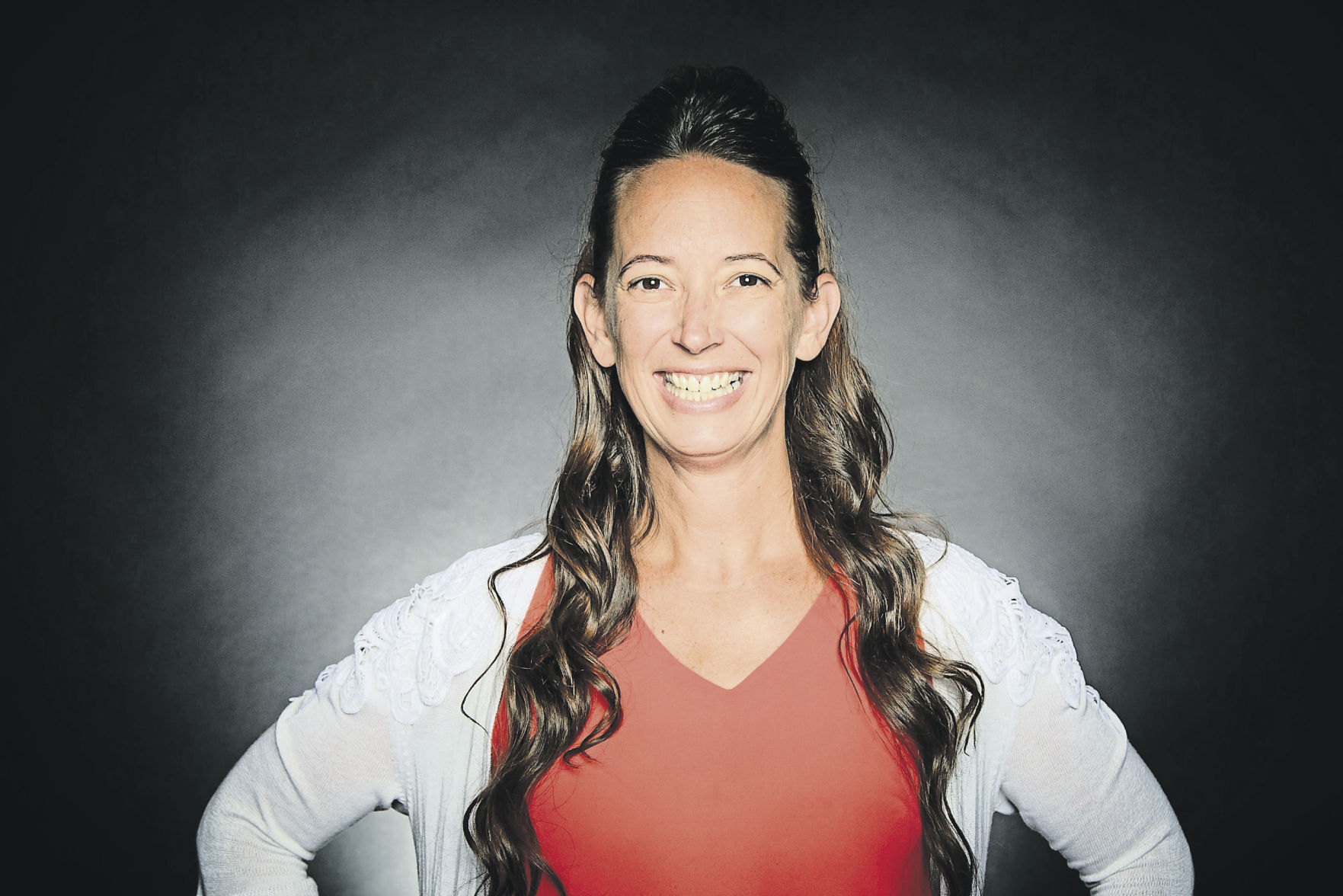
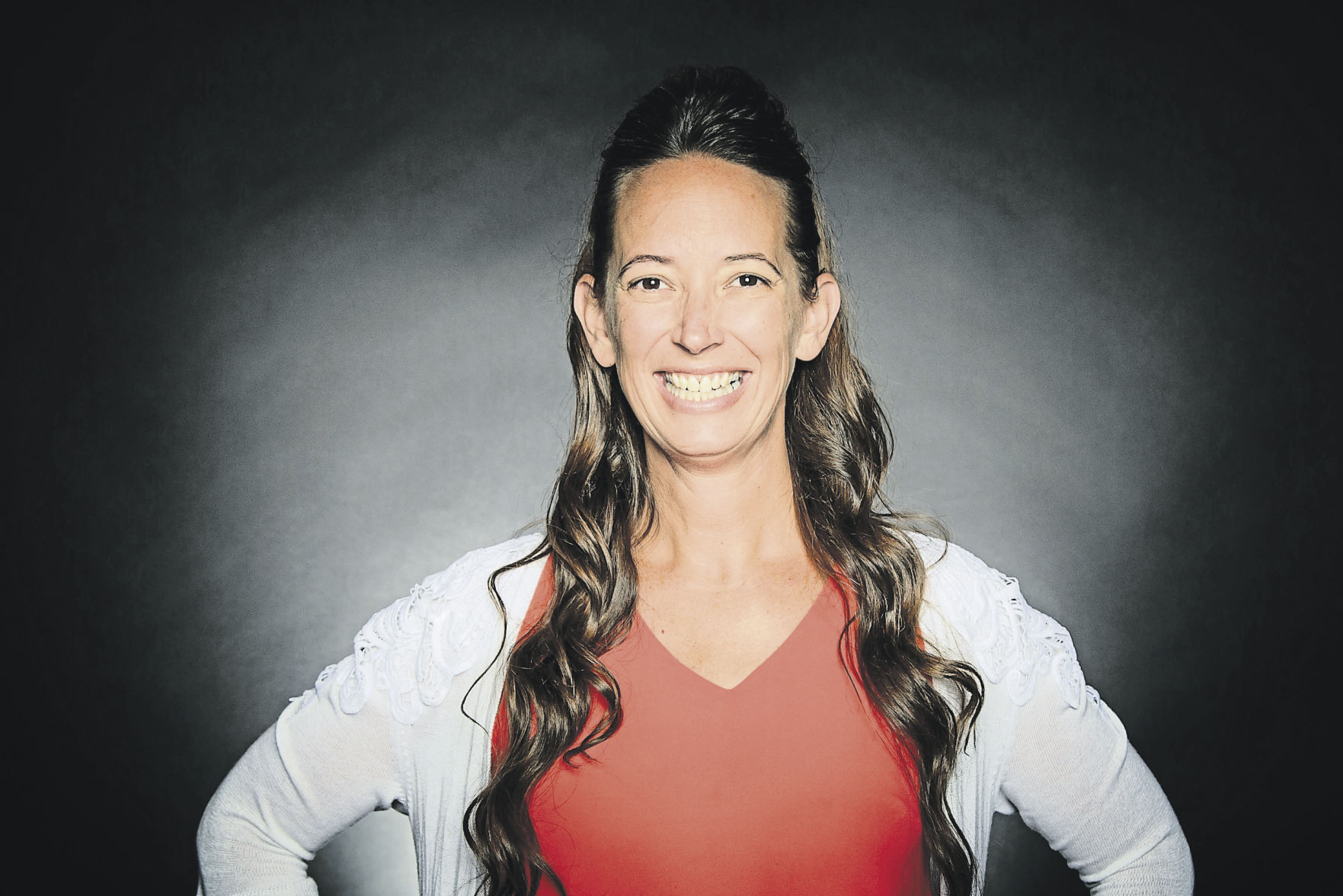
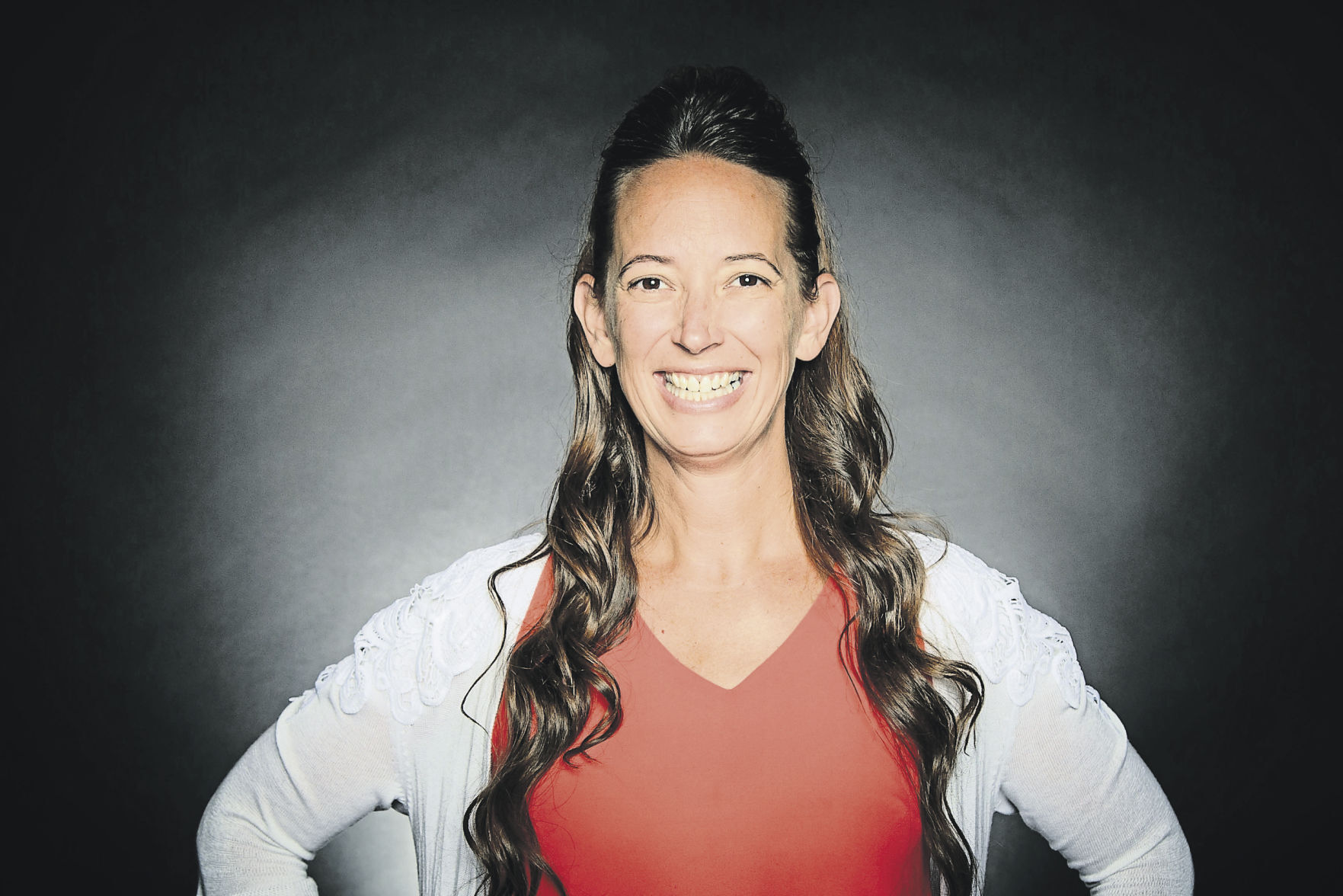
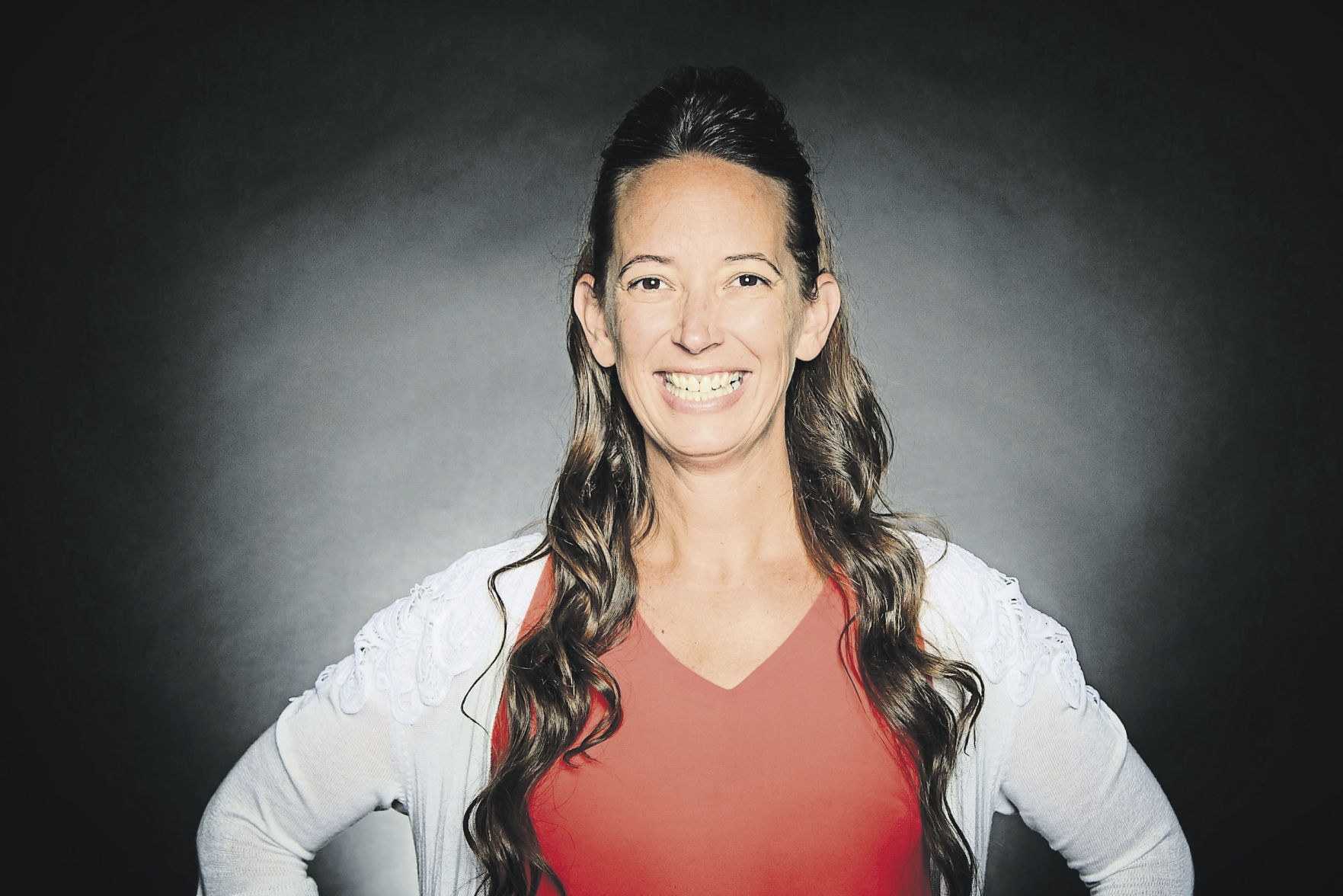
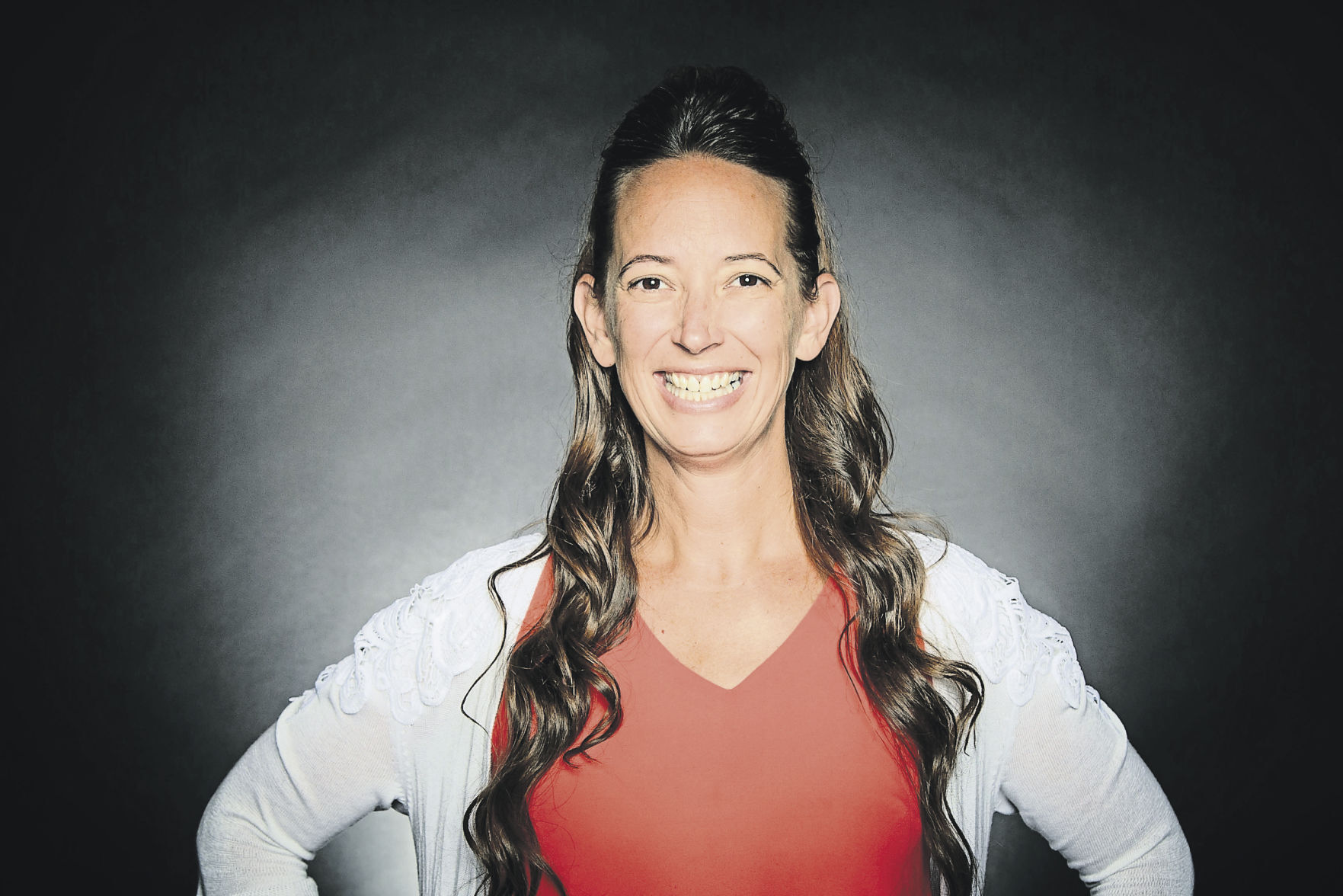











[…] You can also view this article online: https://www.herdbq.com/business/leadership-sometimes-less-can-mean-more/ […]